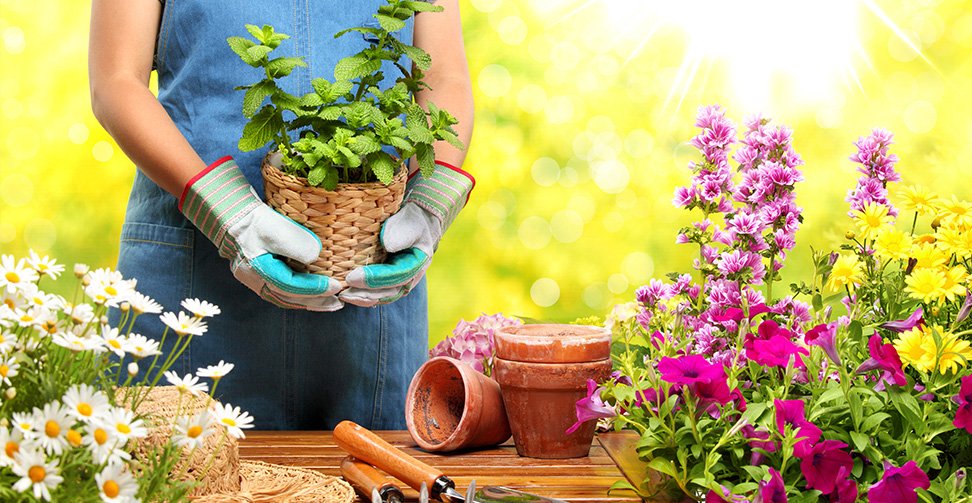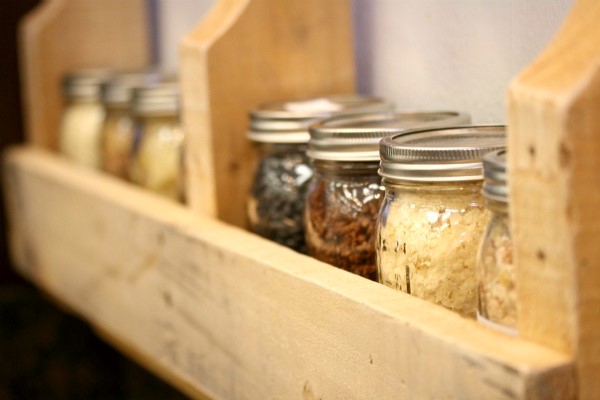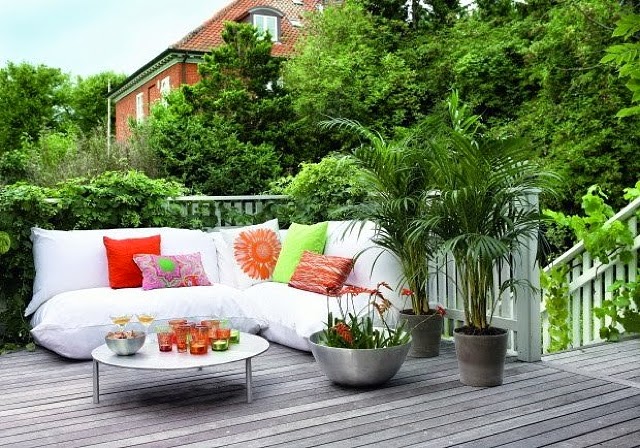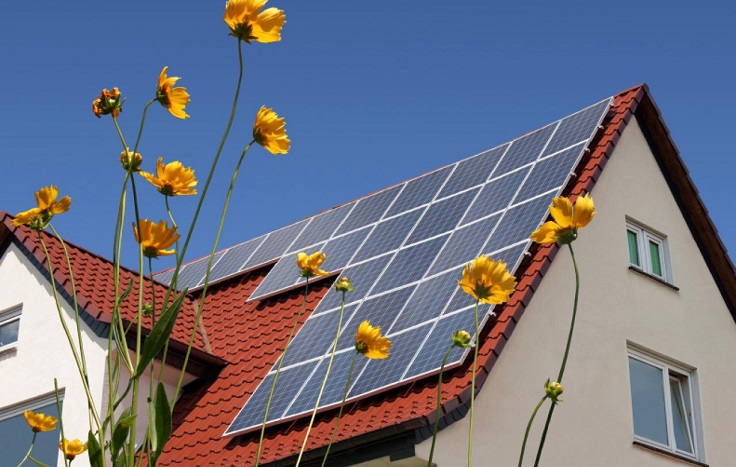The health and vitality of a flower and plant garden can depend on several factors, in addition to the precise amounts of water and sun.

All gardeners have their tricks and we brought together some of the best to help you keep your garden blooming, impeccable and get the most out of it.
Tips for arranging a garden with flowers
- You must know every inch of the earth. A good gardener has to know the potential of his garden, that is, he must know very well every inch of land and its herbs, which are the sunniest areas, as well as the places that receive the most shade and wind. Additionally, testing the soil requires determining its pH levels. Only then can you choose the best species for the garden and thus plant them in the appropriate places.
2. Quality more than quantity
The beauty of plants and flowers can lead us to buy more than we need in terms of planting. It is important to know how much space is available to buy according to these square meters and not risk buying too much and then, even worse, over planting. Many plants together are not synonymous with a healthy garden.
3. Knowing how to choose the best option
When buying plants and flowers to decorate a garden , you should keep in mind that the short and wide species are more stable and resistant than their taller and more slender counterparts. If you buy the plants in pots or other containers, always keep the bottom in mind to ensure that the roots are not too twisted and compact, and that they do not contain insects or diseases. Also, you should avoid buying flowers that have bloomed, because they have a lower resistance than those of crops that have not yet bloomed.
4. Big and small budgets
In addition to all the work involved in a flower garden, it is not exactly cheap to maintain, either. Between buying seeds, flowers, plants, fertilizers, pesticides, herbicides, utensils and water needed for irrigation, the costs add up. Even if you have a limited budget, there are several ways to save without giving up the beauty of the garden:
- Buy out of season and online(where in addition to finding the species from all over the world, it has good discounts).
- See plants in nurseries or specialized stores.
- Exchanging grafts with neighbors and friends.
- Learn to save water for irrigation, how to put buckets to catch rain, for example, with this you can reuse rainwater.
5. A garden with flowers and full of lighting
Not everyone is lucky enough to have a south-facing garden with optimal sun exposure, however, you can increase direct light with this simple trick: see which plants or tree branches you can trim in order to pass more rays of sunlight. sun in the areas that need it most.
6. Take care of the water in irrigation
Water is a fundamental asset that must be preserved and intelligently used in the garden as well. At planting time, group those plants that need the most water, placing them as close together as possible. Avoid watering the garden in the middle of the day, especially when the temperatures are higher, because the plants absorb more and better when they are watered early in the morning or at night.
7. Use plants to repel insects and pests
There are dozens of combinations of plants and flowers that translate into a more developed garden. For example, marigolds are great for protecting tomatoes from pests and mint and it also helps defend cabbage from moths. Other plants such as wormwood, rosemary, lavender, basil, alfalfa, and geraniums are ideal for repelling insects , improving soil quality, and protecting flower gardens.
8. From water to milk
Milk can be a powerful fungicide when sprayed on plant leaves and flowers. You can use pure milk and then dilute it with water, as you prefer, this fungicide really works and it is much more environmentally friendly than any type of product purchased in stores and full of chemicals that, although good for one thing, can be harmful to both the plant and the gardener or children and pets.
9. The power of padding
Mulching is one of the most popular and growing techniques, which involves applying a protective layer of organic material to the soil in order to preserve soil moisture, preventing weed growth and providing the vitality of the nutrients in the soil floor. The most commonly used organic compounds include wood chips, leaves, grass clippings, straw, and paper, even newspaper strips.
10. Clean tools for the garden
The utensils for working in the garden must be clean and reserved exclusively for continuous contact with the earth, it does not mean that they should not be washed. On the contrary, if garden utensils are not washed, they can facilitate the transmission of diseases, pests or insects between plants. It is only necessary to wash them in a bucket of water and a little soap to avoid these situations and guarantee their resistance and avoid the formation of rust.
11. Gardening in pots
Due to lack of space or because it is simply more practical, container gardening is a big trend. However, you should not use the garden soil to fill these same pots, as it will be too compact and difficult to work with, which can result in the death of the plant. The content for the pots does not contain a large amount of soil, but rather perlite or vermiculite mixtures that, although they need a lot of water, ensure good air circulation and soil drainage.
12. In bloom
A flowery garden has its trick, to always guarantee open and colorful buds and flowers, you must remove all the dried flowers from a plant so that it can bloom again. Otherwise, it will concentrate on producing more seeds, and it will not open again as soon. This is a trick to keep your garden in bloom all year round.








